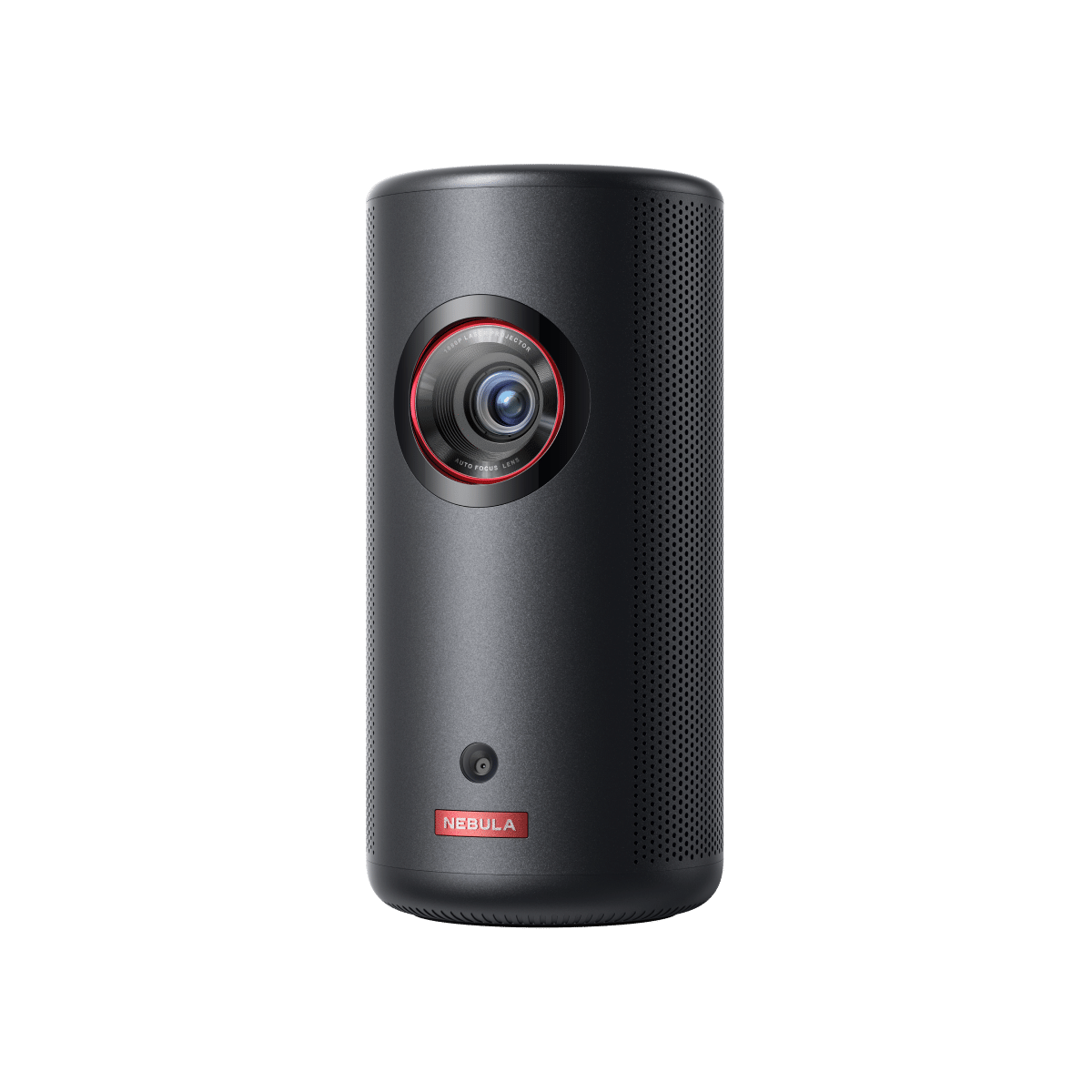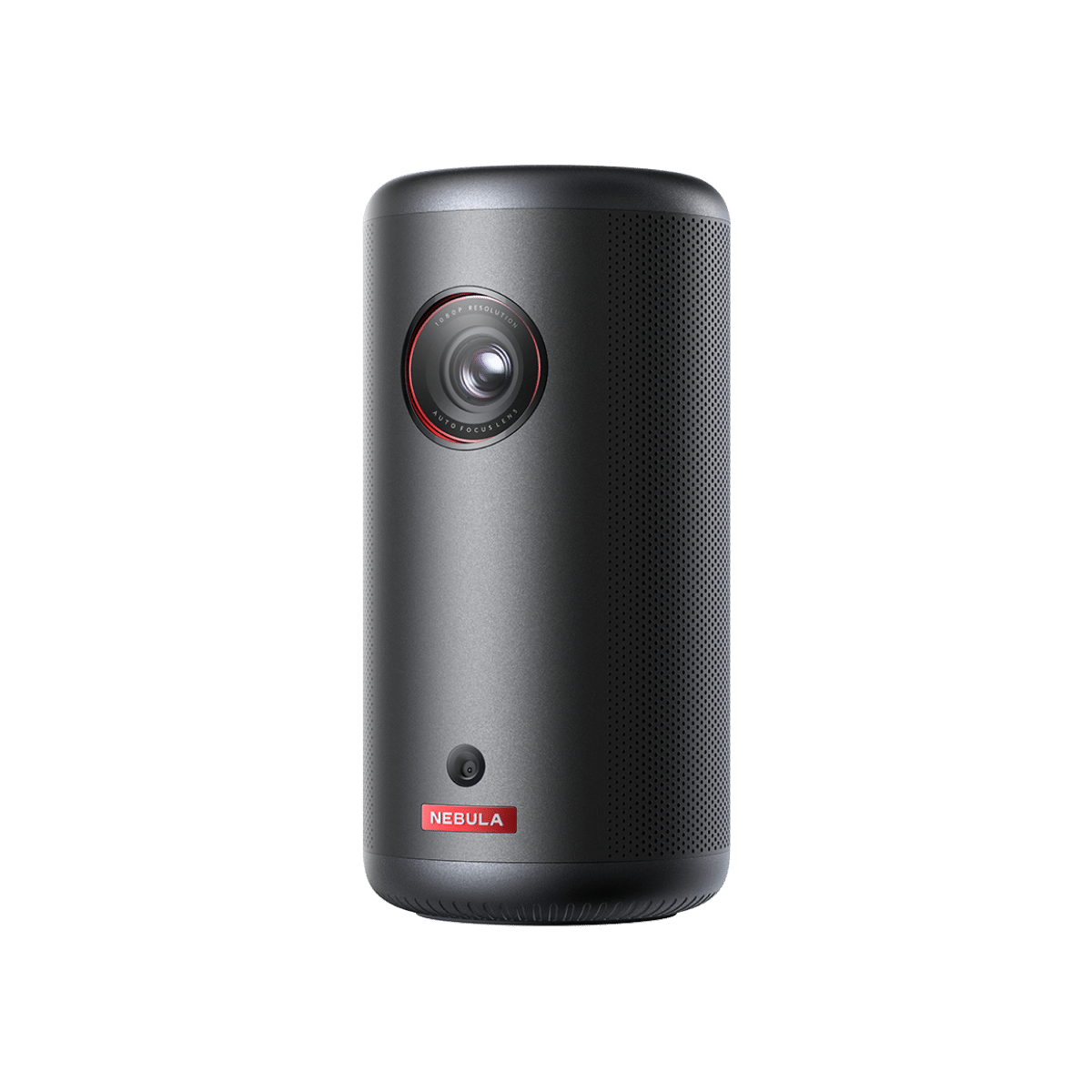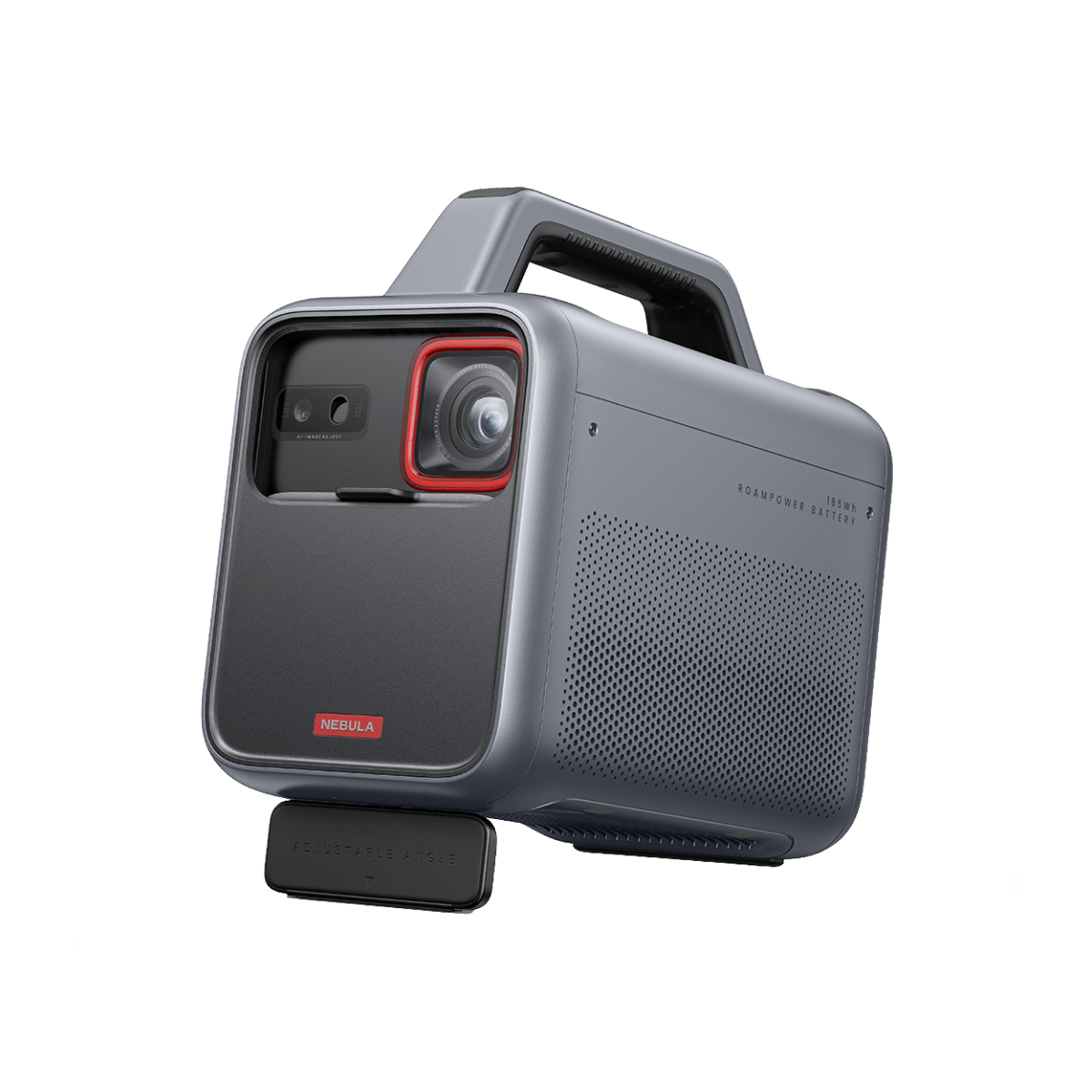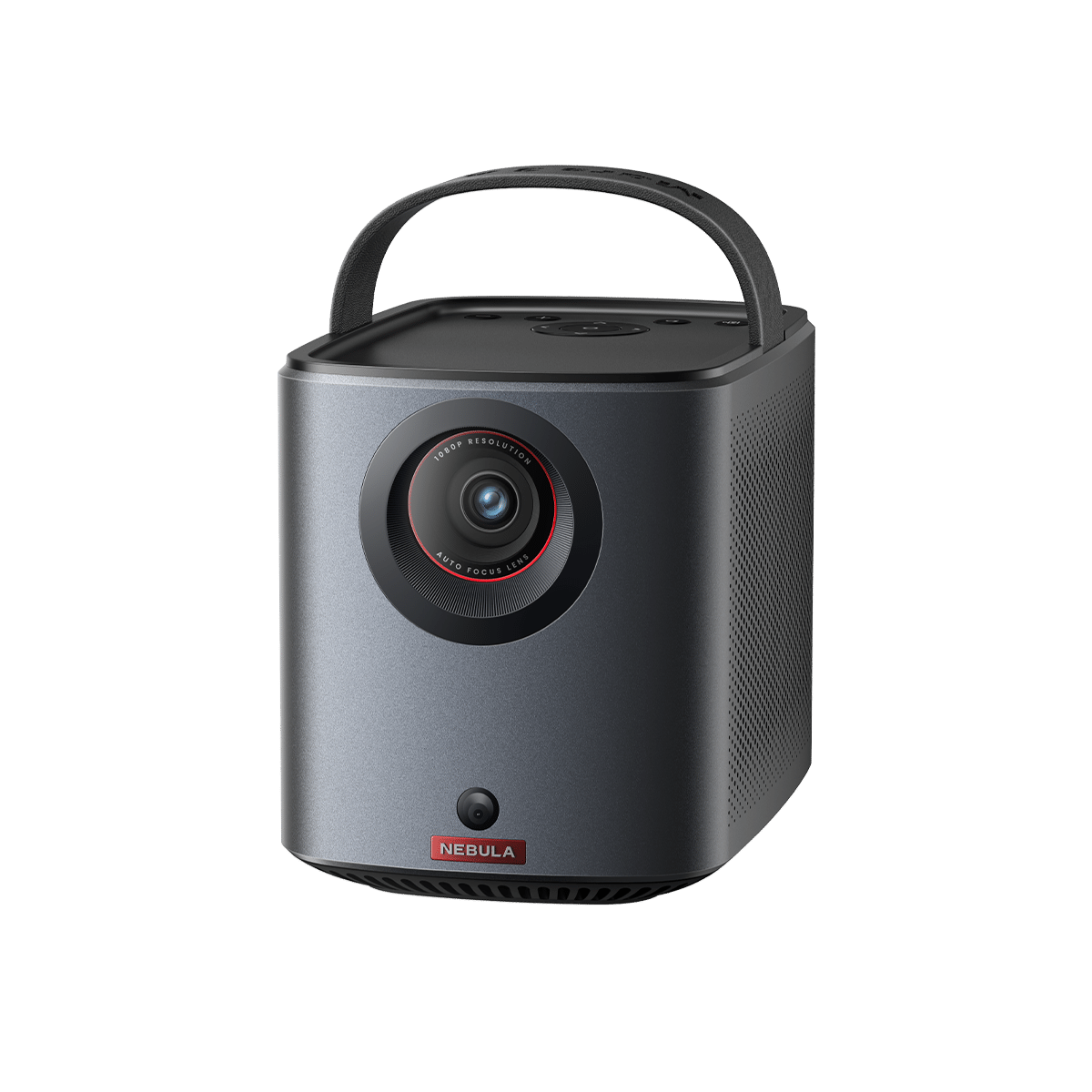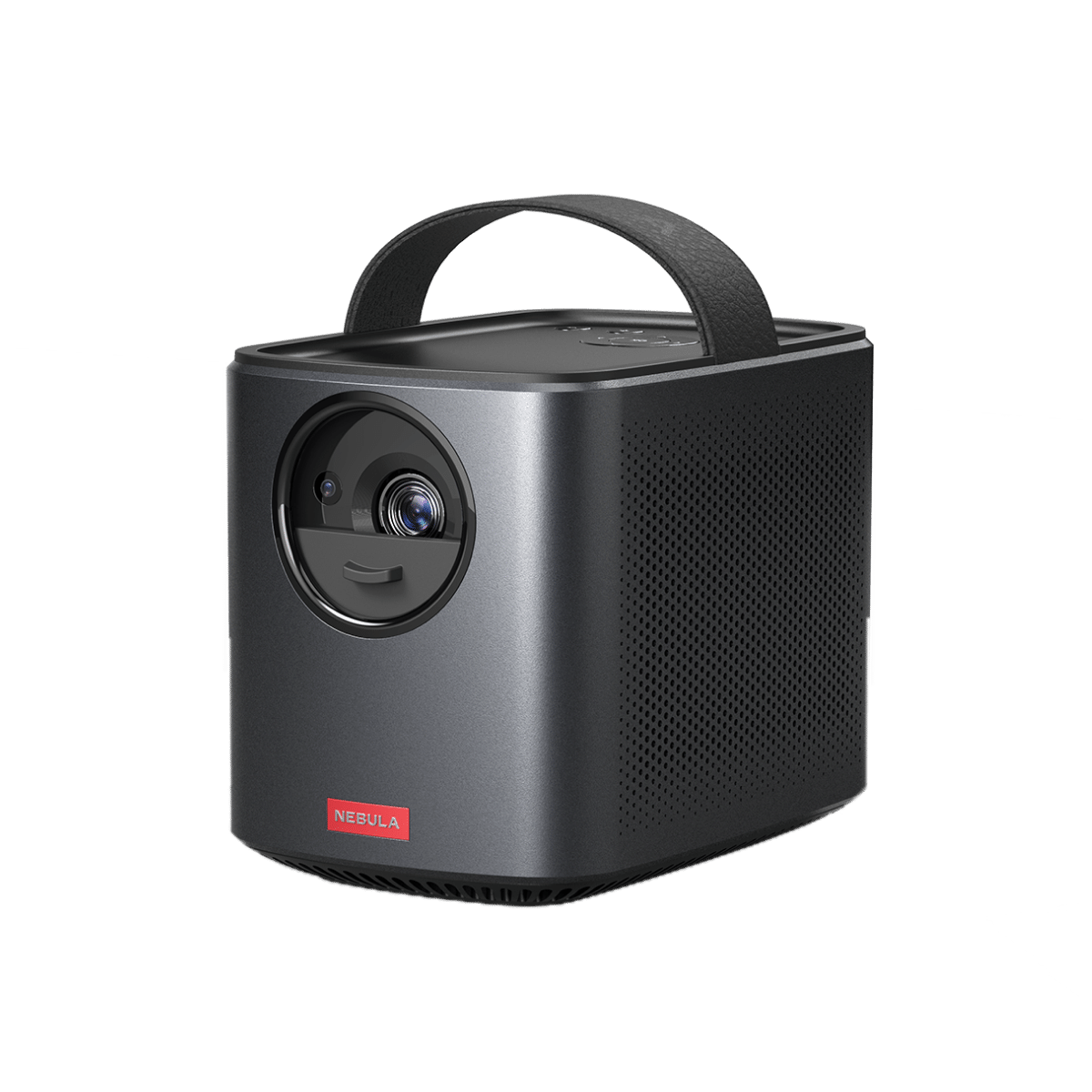Sharing content from our phones on a larger screen is often a necessity in today's digital age. Whether you're a professional presenting a slide deck, a teacher sharing educational content, or simply wanting to enjoy your personal media on a big screen with friends and family, knowing how to connect phone to projector via USB is an invaluable skill.
This guide is designed to walk you through the essential steps and considerations for seamlessly connecting your smartphone—be it an Android or an iPhone—to a projector using a USB connection. With a focus on simplicity and practical advice, we'll ensure you're well-equipped to make any presentation or viewing experience smooth and enjoyable.
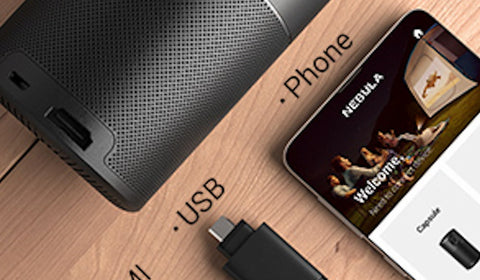
Things To Consider Before Connecting Phone to Projector
Before diving into the specific steps of connecting your phone to a projector via USB, it's essential to tick off a few crucial considerations:
Compatibility Check
The first and foremost consideration is the compatibility between your phone and the projector.
- Phone Compatibility:Not all smartphones support direct video output to a projector via USB. Android phones might require MHL (Mobile High-Definition Link) or Slimport technology support, allowing them to send audio and video signals through a USB port. On the other hand, iPhones do not natively support USB video output and thus require specific adapters to facilitate this connection.
- Projector Compatibility:Projectors need to have a compatible input to receive and display content from your phone. This could be a dedicated USB port that supports video input (a USB port labeled "USB-C Video," "MHL," or similar), or an HDMI port that can be used with the appropriate adapter. The projector's documentation should specify supported connection types and standards.
Cable and Adapter Requirements
Depending on your device, you might need specific cables or adapters to establish the connection. For Android phones that support MHL, an MHL to HDMI adapter might be required. For newer Android phones with USB-C ports that support video output directly, a simple USB-C to USB-C Cable might be enough. For iPhones, a Lightning to USB camera adapter might be necessary. Ensure you have the correct cables and adapters that are compatible with both your phone and projector.
The quality of the cables and adapters can affect the stability and quality of the video signal. Opt for high-quality, reliable cables that support both charging and data transmission. Additionally, consider the length of the cables you'll need based on the setup of your presentation or viewing area to avoid unnecessary strain on the connections or devices.
Power Supply
Connecting your phone to a projector via USB might not supply enough power to charge your phone while it's in use. Some connections might not charge your phone at all. For long presentations or viewing sessions, consider having an external power source or a fully charged phone to avoid interruptions.
Resolution and Quality
The resolution and quality of the content being projected are crucial to consider. The capabilities of your phone and projector, along with the type of connection established, can significantly affect the output. A direct USB connection may not offer the same quality as HDMI or wireless options, so adjust your expectations and presentation materials accordingly.
Audio Output
If your presentation includes audio or you plan to watch videos, consider how you will manage the audio output. Some projectors may play audio over their built-in speakers, but for larger rooms or higher quality sound, you may need to connect to external speakers. Check if your projector supports audio over USB or if you'll need an auxiliary audio cable.
How to Connect Android Phone to Projector via USB?
Connecting your Android phone to a projector via USB involves a few steps and specific requirements to ensure compatibility and optimal performance. Here's how you can do it:
Step 1: Check Your Android's Compatibility
Before anything else, verify that your Android phone is compatible with video output via USB. This is typically possible through newer USB-C ports that support direct video output capabilities, along with older Micro-USB ports that support technologies like MHL (Mobile High-Definition Link) or Slimport. You can find this information in your phone's specifications or by contacting the manufacturer.
Step 2: Gather the Necessary Cables and Adapters
Here's a comprehensive look at potential port configurations and the corresponding cables and adapters you might need:
- USB-C to USB-C Cable: If both your Android phone and the USB projector support video input/output via USB-C, then a simple USB-C to USB-C cable that supports both charging and video/audio transmission is all you need.
- USB-C to HDMI Adapter: If you have a newer Android phone with a USB-C port that supports video output directly, and you want to connect it to a projector's HDMI input, you'll need a USB-C to HDMI adapter.
- MHL to HDMI Adapter: If your Android phone has a Micro-USB port that supports MHL and your projector has an HDMI input, an MHL to HDMI adapter will be necessary.
Step 3: Connect the Adapters and Cables
- For a USB-C to USB-C connection, simply connect the cable between your phone and the USB-C projector.
- If using a USB-C to HDMI adapter, connect the USB-C end to your phone and the HDMI end to the projector. You may need a standard HDMI cable to complete this connection.
- For an MHL to HDMI setup, attach the MHL adapter to your phone's Micro-USB port, and connect the HDMI end of the adapter to the projector using an HDMI cable.
Step 4: Select the Correct Input on the Projector
After the physical connection is established, turn on your projector and navigate to its settings. Look for the input source option and select 'USB' or 'HDMI' depending on your connection type.
Step 5: Configure Your Android Phone
Once the physical connections are established, your phone may automatically detect the projector and mirror its screen. If not, you may need to manually enable this feature:
- Go to Settings > Display > Cast (the terminology may vary depending on your device).
- Select the projector from the list of available devices to start mirroring your screen.

How to Connect iPhone to Projector via USB?
Connecting your iPhone to a projector via USB involves specific adapters and settings due to the iPhone's unique connectivity options. Here's how to do it:
Step 1: Acquire the Necessary Cable or Adapter
The cables and adapters you need vary depending on your iPhone model and the projector's available ports:
For iPhones with a Lightning Connector:
- Lightning to USB Camera Adapter: If your USB projector has a USB-C port accepting video input, use a Lightning to USB Camera Adapter. It converts the digital signal from your iPhone's Lightning port and allows you to connect your iPhone to the projector using a standard USB-C cable.
- Lightning to Digital AV HDMI Adapter: If you have an HDMI projector that only accept HDMI input, a Lightning to Digital AV HDMI Adapter is necessary to convert the signal from your iPhone to HDMI.
For latest iPhone 15 models with a Type-C Port:
- USB-C to USB-C Cable: If both your iPhone and the projector support USB-C for video, a simple USB-C to USB-C cable that supports charging and video/audio transmission is all you need.
- USB-C to HDMI Adapter: In cases where the projector only has an HDMI input, a USB-C to HDMI Adapter will enable you to connect your iPhone 15 to the projector's HDMI port.
Step 2: Establishing the Connection
Once you have the correct cables and adapters, it's time to connect your iPhone to the projector:
- For Lightning-connected iPhones, attach the appropriate adapter to your iPhone and then connect the projector using either a standard USB-C or HDMI cable, depending on the adapter used.
- For iPhone 15 with USB-C, connect directly with a USB-C to USB-C cable for USB-C supported projectors, or use a USB-C to HDMI adapter for HDMI-only projectors.
Step 3: Selecting the Correct Input Source
After connecting your iPhone to the projector, you need to ensure that the projector is set to receive input from the right source. Navigate to the projector's input options and select the 'USB' or 'HDMI' input, depending on your connection. This action signals the projector to accept data from the connected iPhone.
Step 4: Initiating Projection
Once everything is plugged in and the correct input source selected, your iPhone should automatically mirror its display to the projector. If not, swipe down from the top right corner of your iPhone to access Control Center, then tap on ''Screen Mirroring' to select the projector. Adjust the projector and iPhone settings as needed to optimize the display and sound for your content.
Bonus Tip: Connect Phone to Projector Wirelessly
If you have a smart projector that supports Wi-Fi connectivity, you open up a world of convenience by connecting your phone to the projector wirelessly. This eliminates the need for cables and adapters, offering a sleek and straightforward way to share your screen. Depending on your device and projector, you can use one of the following features:
- Chromecast: For Android phones, many smart projectors come with built-in Chromecast or support it through apps. This allows you to cast your phone's screen directly to the projector over your Wi-Fi network.
- AirPlay:iPhone users can take advantage of AirPlay with projectors that support this feature. AirPlay lets you mirror your iPhone's screen or stream content seamlessly to the projector.
- Wi-Fi Direct: Some projectors and phones support Wi-Fi Direct, enabling direct wireless connections without needing a Wi-Fi router. This is useful for locations where you might not have access to Wi-Fi.
Conclusion
Mastering how to connect phone to projector via USB can significantly enhance your multimedia experiences, be it for professional presentations, educational purposes, or personal entertainment. This guide has provided you with the essential steps and considerations for establishing a seamless connection between your phone and projector with USB port. By keeping these in mind and following the guidelines provided, you'll be well-equipped to connect phone to projector using USB effortlessly, making your presentations more engaging, your movie nights more enjoyable, and your overall viewing experience more immersive.
FAQs
Can I connect my phone to projector with USB cable?
Yes, you can connect your phone to a projector using a USB cable, but there are a few things to consider. First, ensure that your phone supports video output through USB. For Android devices, this might require MHL or Slimport compatibility. For iPhones, you'll need a Lightning to USB adapter. Secondly, check if your projector has a USB port that supports video input. Once you have the right equipment, simply connect your phone to the projector using the appropriate USB cable or adapter.
How to connect iPhone to projector without HDMI?
To connect an iPhone to a projector without HDMI, you can use a variety of wireless methods or adapters:
- AirPlay: If you have an Apple TV or an AirPlay-compatible projector, you can use AirPlay to wirelessly mirror your iPhone's screen to the projector.
- Wi-Fi Direct: Some projectors support Wi-Fi Direct, allowing you to connect your iPhone wirelessly without needing a Wi-Fi network.
- Lightning to VGA Adapter: If your projector only has a VGA port, you can use a Lightning to VGA adapter to connect your iPhone to the projector.
Why is my projector not recognizing my USB?
If your projector is not recognizing your USB, consider the following:
- Compatibility: Ensure that your projector supports USB video input. Some projectors only use USB ports for service connection or power supply.
- File Format: Check if the file format of your content is supported by the projector. Some projectors have limitations on the types of files they can display, like JPEGs or MP4s.
- USB Format: The USB drive itself might need to be formatted in a specific file system (e.g., FAT32, NTFS) that is compatible with your projector.
- Faulty USB Port or Drive: The USB port on the projector or the USB drive itself might be damaged. Try using a different USB drive or another USB port if available.
